Feds should have known – and been told – of water demands for Hyundai site, experts say
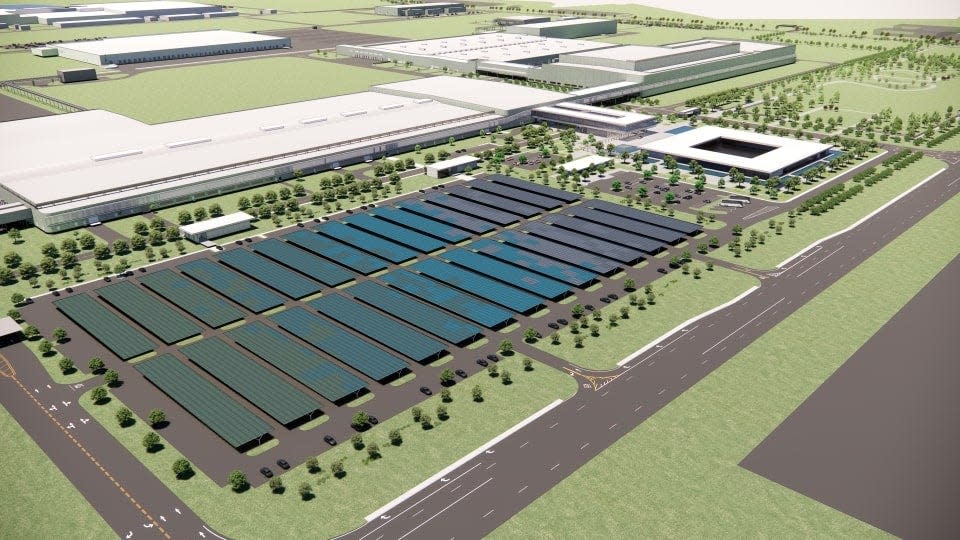
With production just months away at Hyundai Motor Company’s nearly 2,500-acre manufacturing complex near Savannah, a federal agency’s conclusions about projected water demand at the site remain as murky as nearby Black Creek after a daylong deluge.
A Savannah Morning News review of local, state and federal documents related to the $7.6 billion Bryan County project raises two overarching questions related to an October 2022 permit from the U.S. Army Corps of Engineers that now faces a potential legal challenge:
How did USACE reach its conclusion that a manufacturing complex expected to use up to 6.6 million gallons of water per day from four new wells drilled into the Floridan Aquifer would have a “negligible effect” on the area’s water supply?
And why did state and local officials, who were aware of the facility’s water needs, omit projected demand in their application for a permit required by the U.S. Clean Water Act?
In its reply to the first question, the corps touched on circumstances surrounding the second.
“We rely on information made available to us during the permitting process,” Cheri Pritchard, spokeswoman for the USACE Savannah District, said in an email response. “Information regarding water supply impacts, such as the information provided in the letter you shared, is most helpful during the permit review process. This information was not previously provided to us during that process.”
The letter Pritchard referenced, dated more than five months before USACE issued its final permit for the project, references the need for four new wells and confirms that the permit’s applicants knew about the water needs but did not alert the corps ahead of final approval.
That document, sent to the company guiding Hyundai in negotiations and planning for what would become the largest economic development project in Georgia history, was sent on behalf of the same three individuals who signed off on the USACE permit application:
Savannah Economic Development Authority (SEDA) President and CEO Trip Tollison in his role as secretary of the multicounty local development authority.
Georgia Department of Economic Development Commissioner Pat Wilson.
Consultant Alton Brown, then from the Savannah-based engineering firm Thomas & Hutton, who has since become a partner in another firm, Resource and Land Consultants.
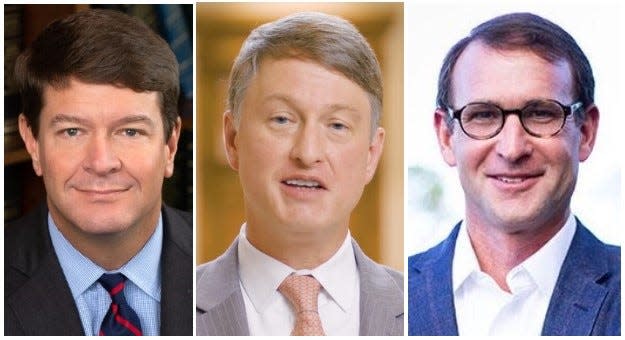
Corps should consider ‘accurate information’
Brown and the Georgia Department of Economic Development referred questions about the omission to Tollison, who offered an emailed comment through a SEDA spokeswoman:
“The Savannah Harbor-Interstate 16 Corridor Joint Development Authority has been working with local governments and the state on how to best serve the site with water since the Georgia Environmental Protection Division is responsible for drinking water and water usage, not the U.S. Army Corps of Engineers,” Tollison said. “We have been and remain committed to doing this the right way.”
But experts – and comments from the federal agency that enforces the Clean Water Act – suggest Tollison’s reply misses the point of the question.
The Clean Water Act does make clear that states are responsible for regulating drinking water, but it also directs USACE to account for “probable impact including cumulative impacts” on factors including “water supply and conservation” in its environmental assessment.
In other words, USACE can’t dictate where a project will get its water and how much it can use, but the corps is expected to weigh those factors in reviewing applications for permits required by Section 404 of the Clean Water Act, explained Stan Meiburg, former deputy administrator at the U.S. Environmental Protection Agency who spent nearly 40 years with the agency.
“Given that such impacts should be considered, they should be considered using as good of information as you can,” said Meiburg, now executive director of the Sabin Family Center for Environment and Sustainability at Wake Forest University. “The conclusion might not be different, but it is reasonable to ask the applicant to submit, and EPA and the Corps to consider, accurate information.”
More digging: Four wells might not be enough for Hyundai's Savannah-area factory, state says
Relocation: More than 100 tortoises were removed from burrows at Hyundai site ahead of construction
‘Springs in that area have dried up'
The Georgia Environmental Protection Division estimates that the four planned wells, if pulling a maximum 6.6 million gallons per day, would lead to a “drawdown” of as much as 19 feet in the Floridan Aquifer, 12 feet for private wells serving nearby farms and 15 feet for residential wells.
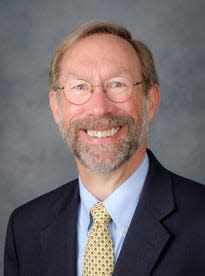
While declining to comment on the Hyundai permit specifically, the EPA concurred with Meiburg’s assessment.
“Yes, in reviewing a proposed project for compliance with Clean Water Act Section 404 regulations, the Corps and EPA consider the potential effects of the project on potable water supplies,” the agency’s Washington office said in an email response.
That portion of the landmark law regulates “the discharge of dredged or fill material into waters of the United States, including wetlands.”
It applied to the Hyundai project because the site contained more than 300 acres of “jurisdictional wetlands” as defined by the Clean Water Act.
But USACE also is charged with weighing the impact on waters around the site, including those potentially affected by the new wells.
Mieburg noted that significant withdrawals from underground aquifers can impact surface waters, which are at the very heart of Section 404 permits.
The Ogeechee Riverkeeper organization, which issued a recent “letter of intent” outlining a potential lawsuit against USACE and the U.S. Department of the Treasury over the Hyundai site permit, shares that view, said Ben Kirsch, ORK’s legal director.
“A lot of (natural) springs in that area have dried up over the past many decades,” he noted. “It would be within the realm of possibility that other springs, other smaller streams and other tributaries, wetlands, could be impacted by this amount of withdrawal” from the aquifer.
Under the sun: Hyundai's 'virtual' solar for Georgia plant reflects 'backward process,' critics say
‘That would be a problem’
The National Environmental Protection Act, a precursor to the Clean Water Act, requires USACE to determine whether a Section-404-covered project will have a “significant” impact on the “human environment.”
The corps, in its environmental assessment of the site, concluded that ”the incremental contribution of the proposed activity to cumulative impacts in the area described ... are not significant.”
Again, USACE said it reached that conclusion using the information it received in the permit application signed by SEDA’s Tollison, state Economic Development Commissioner Wilson and Brown, the consultant.
That final version of the request noted that the “project site must have or be capable of obtaining reliable and sustainable utility services” but did not note that acquiring enough water to support the complex would require four new wells in an aquifer already subject to state withdrawal limits due to saltwater intrusion.
Without that information, USACE did not have a complete accounting of the cumulative impacts, noted Ryan Rowberry, a professor and co-director of the Center for the Comparative Study of Metropolitan Growth at the Georgia State University College of Law.
“That would be a problem,” Rowberry said of the omission of projected water demand from the permit application. "Ultimately, if you wanted to you bring that to light and say the corps was not aware of the full scale of the significance of the project when they signed off on this, you sue and say work should stop until this has been considered.”
Such a pause is precisely what ORK has in mind, according to its letter of intent. The organization said this week it is awaiting a response from USACE before deciding whether to move forward with legal action.
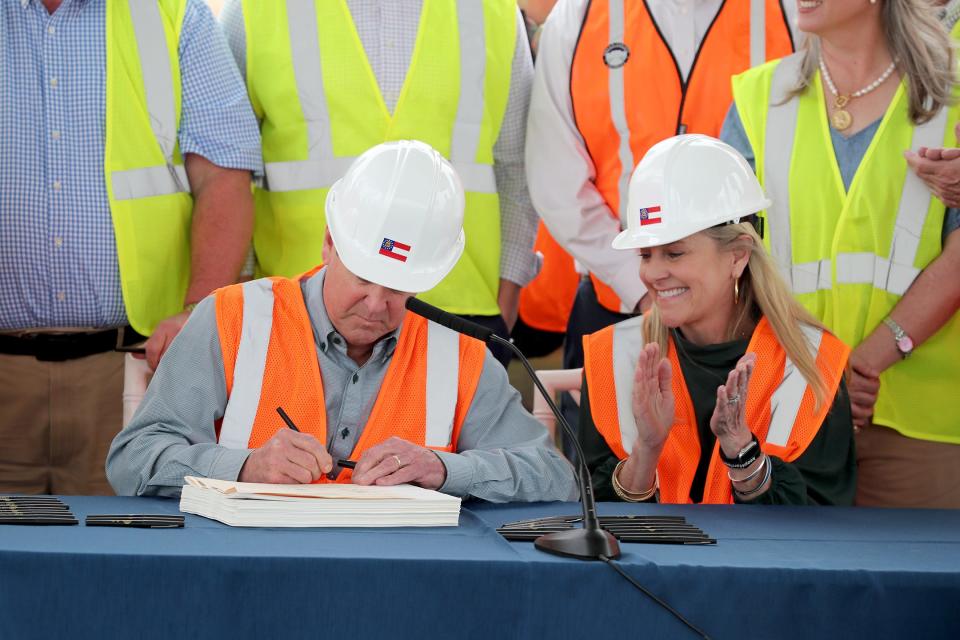
Hyundai project timeline
Based on an analysis of local, state and federal documents related to the project, here is a timeline of key developments in the Hyundai project's permitting process:
2018
As secretary of the Savannah Harbor-Interstate 16 Joint Development Authority, Savannah Economic Development Authority President and CEO Trip Tollison applies to the U.S. Army Corps of Engineers, as mandated by Section 404 of the federal Clean Water Act, for approval to fill wetlands on a 1,944-acre Bryan County parcel in anticipation of a potential automotive “Original Equipment Manufacturing” facility.
June 2019
An official USACE Environmental Assessment and Statement of Findings related to the site includes this assessment:
“The applicant has indicated that the development would receive its water supply from Bryan County, an existing municipal water supply. The amount of potable water that would be required by the development is unknown, but it would be reasonable to assume that the Bryan County water supply is adequate to meet the need of the development.”
July 2019
USACE approves the application.
April 25, 2022
Tollison, Georgia Department of Economic Development Commissioner Pat Wilson and consultant Alton Brown from engineering firm Thomas & Hutton send a “letter of intent” to H. Robert Boehringer, managing partner at KPMG International, which is representing Hyundai Motors Company in the site selection process.
The letter notes the proposed “construction of 4 new groundwater supply wells” along with transmission mains to serve the manufacturing megasite in Bryan County.
May 20, 2022
Gov. Brian Kemp and Hyundai publicly announce the $5.54 billion project. The company says the facility will produce 300,000 vehicles a year and employ 8,100 workers in its first phase.
The state and local governments pledge nearly $2 billion in incentives for the project.
June 7, 2022
Wilson, Tollison and Brown (from Thomas & Hutton) submit an updated permit application to USACE reflecting an addition of nearly 600 acres – and more wetlands – to the site, bringing the total footprint to 2,451 acres.
The application does not reference water needs for the plant or the proposed four new wells although USACE is required under the federal Clean Water Act to consider “probable impact including cumulative impacts” on factors including “water supply and conservation” in assessing a Section 404 permit.
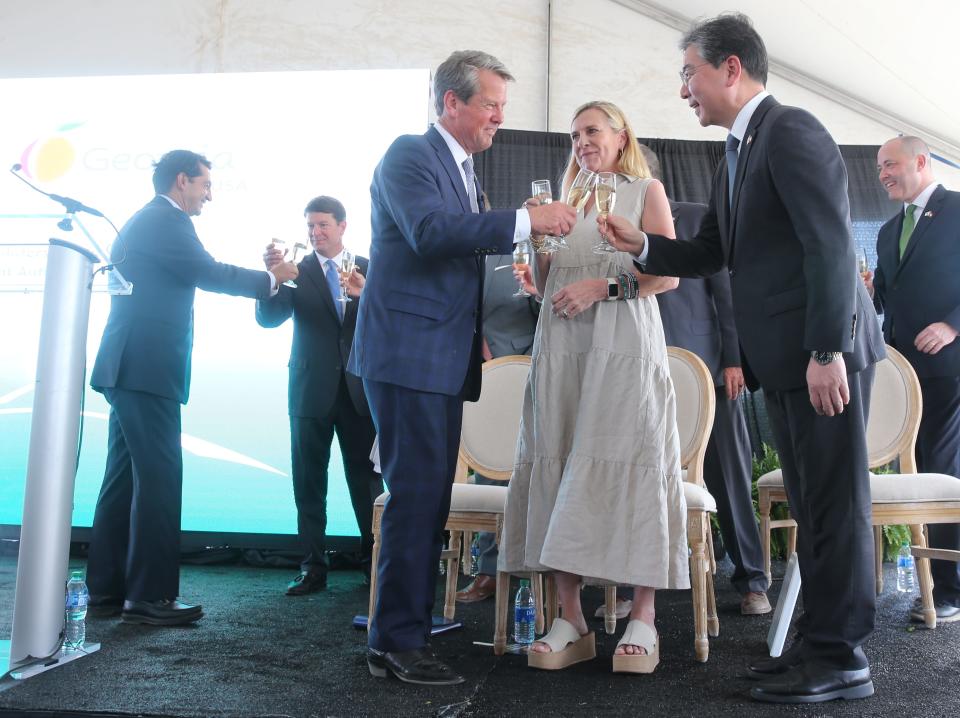
Sept. 1, 2022
In a letter to the Georgia Environmental Protection Division, Bryan County Engineer Kirk Croasmun summarizes plans to construct four Floridan Aquifer wells in Bulloch County to “provide a sustainable potable water source” to the Hyundai site.
Water would be piped across the county line because Bryan has reached its limit for permitted withdrawals from the aquifer, which continues to experience saltwater intrusion, he explains.
Each well is expected to produce at least 1.5 million gallons of water per day, according to the document, while two additional new Bulloch County wells would provide another 3 million to 3.4 million gallons a day.
Croasmun’s letter includes supporting documents prepared by Thomas & Hutton, the same firm that prepared the USACE permit application.
Oct. 4, 2022
USACE approves a revised permit for the project and repeats its assertion that the Hyundai plant will have a “negligible effect” on nearby “municipal and private water supplies” and that “it would be reasonable to assume that the Bryan County (water) supply is adequate to meet the need of the proposed project.”
The assessment makes no mention of the four proposed wells, saltwater contamination of the aquifer or related caps on withdrawals.
May 26, 2023
Hyundai and LG Energy Solutions announce they will build a $4.3 billion electric battery plant as part of the megasite project.
August 21, 2023
Bulloch County, the city of Statesboro and the towns of Brooklet, Portal and Register submit a groundwater withdrawal permit application with Georgia EPD. The 50-page document includes a preliminary engineering report concluding that an average of 6.15 million gallons of water per day will flow from the new wells to the Hyundai site, and that future needs for northern Bryan County will reach nearly 8 million gallons per day.
August 31, 2023
Hyundai and LG Energy announce they will invest an additional $2 million in the battery-production facility.
Feb. 26, 2024
Georgia EPD estimates that the four proposed wells, if drawing a maximum 6.6 million gallons per day, would lead to a “drawdown” of as much as 19 feet in the Floridan Aquifer, 12 feet for private aquifer wells serving nearby farms and 15 feet for residential wells.
In its draft permit conditions for the new wells, EPD says it would require Bryan and Bulloch counties to establish a fund to “address any potential unreasonable impacts to existing permitted individual Floridan Aquifer residential or agricultural wells” within a 5-mile radius of the plant, and that contributions from manufacturers “may” be included.
Tollison, from the local development authorities, later says the fund will begin with a pool of $500,000.
EPD also “strongly encourages” the counties to "expeditiously plan for the timely provision” of alternative water sources to serve the megasite and surrounding area within 25 years.
But EPD also opens the door to more potential wells during that interim period, with the caveat that the counties “transfer or move any already issued permitted groundwater limits” from the initial wells to the new ones.
June 3, 2024
The Ogeechee Riverkeeper organization submits a letter to USACE declaring its intention to sue the corps over its approval of the permit for the Hyundai project. The organization argues that USACE failed to reassess the project’s environmental impact after more acreage – including wetlands – was added to the site, and grossly underestimated the effect on local water supplies.
John Deem covers climate change and the environment in coastal Georgia. He can be reached at 912-652-0213.
This article originally appeared on Savannah Morning News: Permit for Hyundai Georgia plant issued with incomplete info: experts

